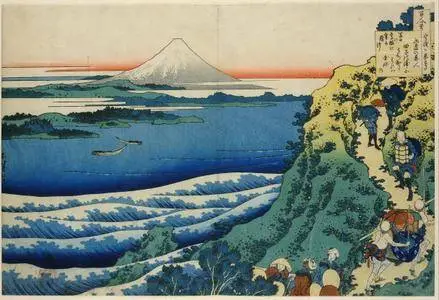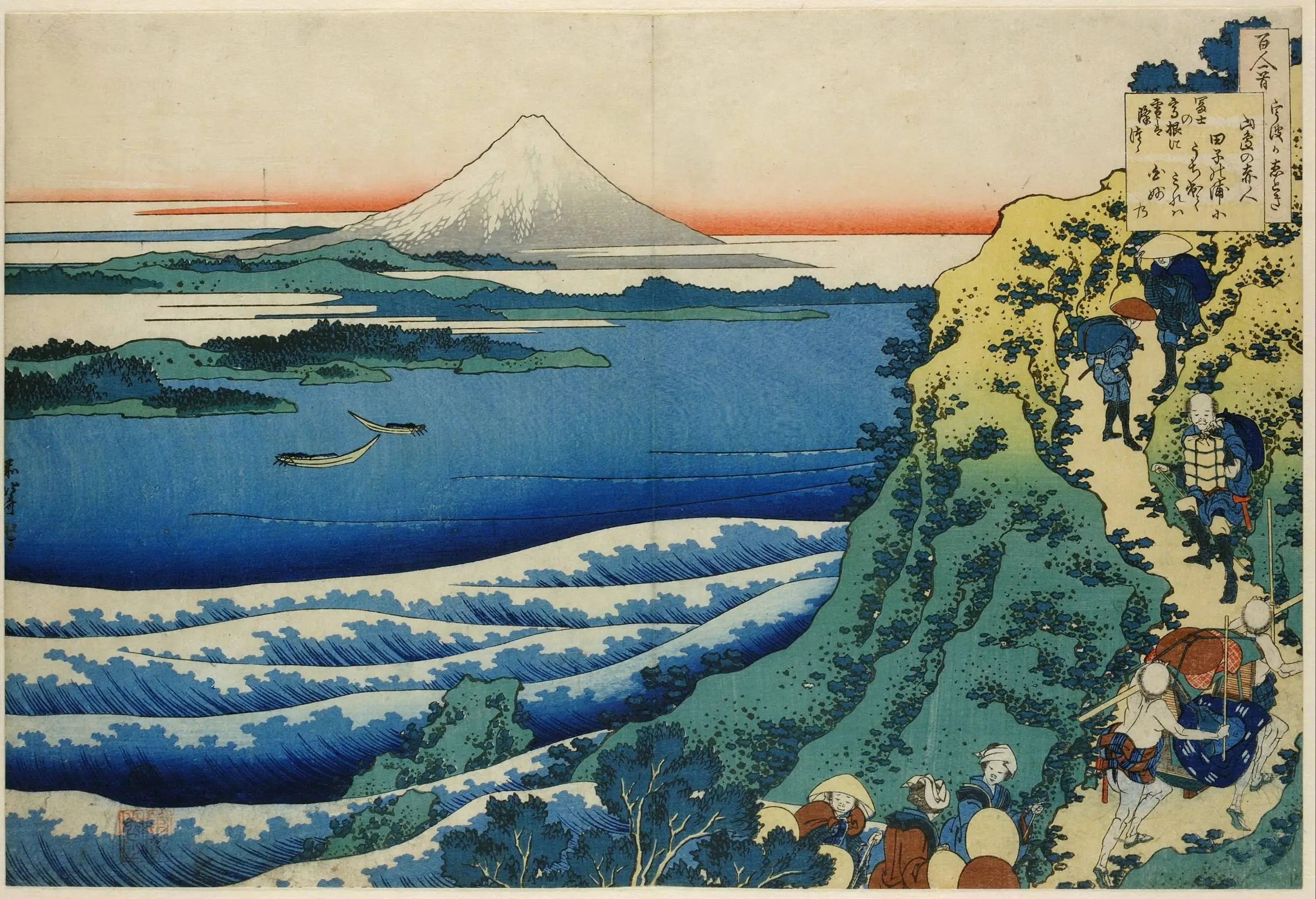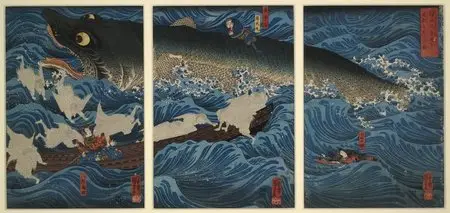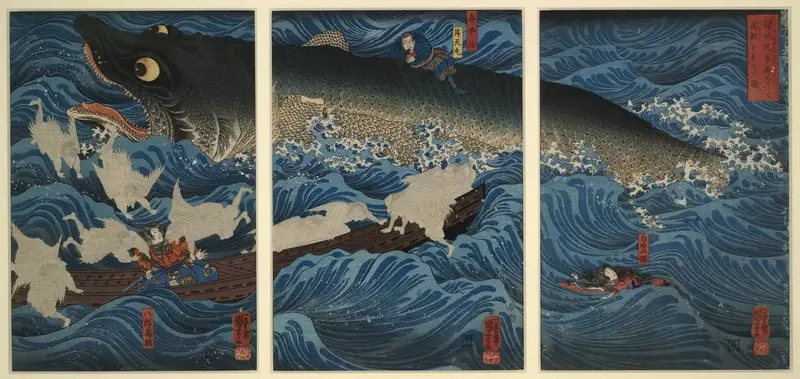Ukiyo-e painters: The Art of Katsushika Hokusai
1582 jpg | up to 6647*9239 | 2.71 GB
1582 jpg | up to 6647*9239 | 2.71 GB
Katsushika Hokusai (October 31, 1760 – May 10, 1849) was a Japanese artist, ukiyo-e painter and printmaker of the Edo period. He was influenced by such painters as Sesshu, and other styles of Chinese painting. Born in Edo (now Tokyo), Hokusai is best known as author of the woodblock print series Thirty-six Views of Mount Fuji (c. 1831) which includes the internationally iconic print, The Great Wave off Kanagawa.
Hokusai created the Thirty-Six Views both as a response to a domestic travel boom and as part of a personal obsession with Mount Fuji. It was this series, specifically The Great Wave print and Fine Wind, Clear Morning, that secured Hokusai’s fame both in Japan and overseas. As historian Richard Lane concludes, "Indeed, if there is one work that made Hokusai's name, both in Japan and abroad, it must be this monumental print-series". While Hokusai's work prior to this series is certainly important, it was not until this series that he gained broad recognition.
The Rescue of Minamoto no Tametomo by Goblins, c.1851,
Victoria and Albert Museum, London, England, UK
Victoria and Albert Museum, London, England, UK
Minamoto no Tametomo fought with his father in support of the retired emperor Sutoko and was defeated in the Hôgen Disturbance of 1156. The theme here is taken from an episode in the sequel to the long novel about Tametomo, 'Chinsetsu Yumiharizuki' (Crescent Moon: The Adventures of Tametomo), written by Takizawa Bakin.
In 1176, as Tametomo and his followers leave Higo Province on two boats, a typhoon hits them. When Tametomo is about to commit ritual suicide in despair, karasu-tengu (goblins) sent by the spirit Sanuki-in (the retired emperor Sutoku) stop him and stabilise the boat.
This print was embellished by a technique called gofun chirashi or 'gofun splattering' - gofun being made from finely ground oyster shells. This was used particularly in the rendering of snow, mist or spray.
Kuniyoshi's major productions in the genre of musha-e (warrior print) are in the triptych format, in which a unified composition is printed on three vertical ôban sheets arranged side by side. Such an arrangement was necessary because the size of the block was constrained by the narrowness of the cherry trees from which they were cut.
Find more ukiyo-e artists on AvaxHome!
Send me a message if any link is broken
Please visit my blog on AvaxHome!
Send me a message if any link is broken
Please visit my blog on AvaxHome!





